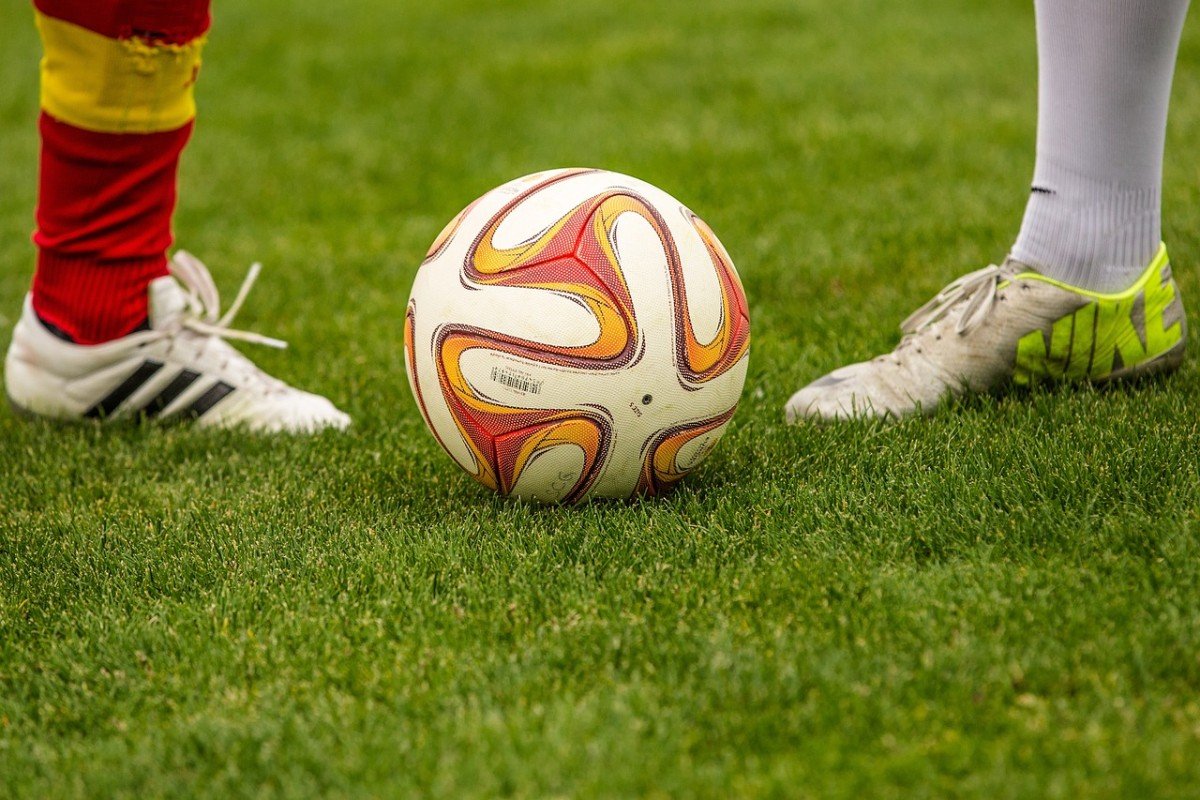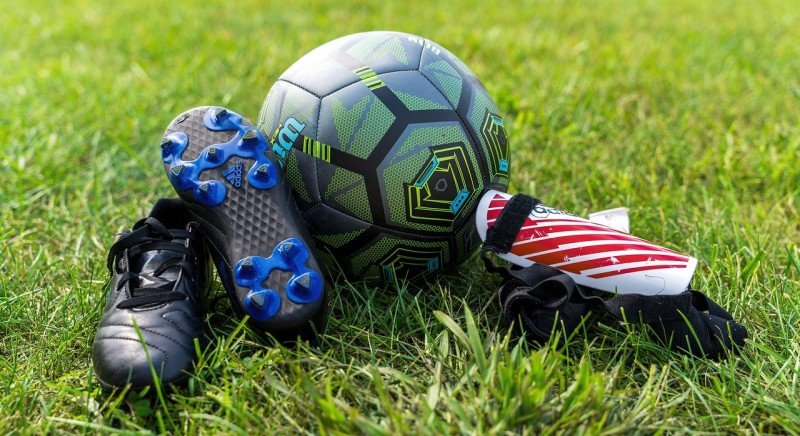When it comes to finding the right soccer ball for you, it’s important to know what to look for. Soccer balls come in various sizes and materials, each designed for specific purposes. If you’re playing with your friends in the backyard, a durable ball made from synthetic leather is a great choice. It’s tough enough to handle a few rough kicks but still feels nice to control.
For those serious about the game, like competitive players, the match balls are the way to go. These balls are designed to meet international standards and provide superior performance. They typically have a smooth surface and consist of high-quality materials, allowing for better aerodynamics and accuracy when kicking.
Don’t forget about the size of the soccer balls! The most common sizes are Size 3, Size 4, and Size 5. Size 3 is perfect for young kids just learning the game, while Size 4 is ideal for ages 8 to 12. Size 5 is the official size for adults and professional play. Choosing the right size helps players develop their skills effectively.
Another factor to consider is the type of surface you’ll be playing on. If you’ll be on grass, a traditional soccer ball works well. However, if you’re hitting the concrete or turf, you might want to look for a ball that’s specifically designed for those surfaces. These balls are often tougher and provide better grip, making your game more enjoyable.
- Materials That Make a Great Soccer Ball
When it comes to soccer balls, the materials used can make a big difference in how the ball performs. You want a ball that feels good to kick, has the right weight, and stands up to the wear and tear of the game. Let’s break down some of the main materials you’ll find in quality soccer balls.
Cover Material: The outer layer is typically made from synthetic leather or PVC. Synthetic leather is popular because it's durable and offers a nice touch on the ball. PVC balls are generally cheaper and can be heavier, which might not be ideal for everyone, especially beginners.
Bladder: Inside the soccer ball, there’s a bladder that holds the air. Most commonly, you’ll see latex and butyl. Latex bladders provide a softer touch and better responsiveness but may need to be inflated more often. Butyl bladders, on the other hand, hold air longer and are often used in training balls since they require less maintenance.
Stitching: The way a soccer ball is stitched or bonded also affects its feel and durability. Hand-stitched soccer balls are more likely to be higher quality, offering better control and longevity. Machine-stitched balls can be a great choice for everyday use, especially if you’re just starting out.
Choosing the right materials in soccer balls can really enhance your playing experience. Whether you’re a seasoned player or just joining the fun, paying attention to these details will help you find the right ball that suits your needs.
- Size Matters When Choosing a Soccer Ball
When you're picking out soccer balls, size is a big deal. The right size can make a huge difference in how the ball feels when you're playing, whether you're just kicking around at the park or playing a serious match. Each size is designed for a specific age group or level of play, so knowing the right one can really help enhance your game.
Here's a quick rundown of soccer ball sizes:
Choosing the right size soccer balls isn’t just about comfort; it also makes a big impact on performance. A ball that’s too big or too small can be tough to handle and may lead to frustration on the field. So, make sure you're selecting a size that fits the player’s age and skill level for the best experience! Remember, the right size can make practicing and playing a lot more enjoyable.
- Special Features to Look for in Soccer Balls
When it comes to choosing the right soccer balls, there are some special features that can really make a difference in your game. Whether you are a beginner or a seasoned player, understanding these features can help you pick the perfect ball for your needs.
First off, consider the material. Most quality soccer balls are made from synthetic materials that offer durability and a good touch. Look for balls that use polyurethane for better grip and control, especially in wet conditions. The outer layer is crucial for how the ball feels when dribbling and passing.
Size is another essential factor. Soccer balls come in different sizes: Size 3 for young kids, Size 4 for older children, and Size 5 for adults and professional play. Make sure to choose the correct size based on the age group and skill level of the players using the ball.
Lastly, check for pressure retention. A good soccer ball should hold its shape and air pressure throughout the match. Investing in a ball with a bladder that prevents air from escaping ensures that you get more hours of quality play without constantly needing to pump it up.
Keep these features in mind when shopping for soccer balls, and you'll be better equipped to find one that matches your playing style and needs! Happy playing!



